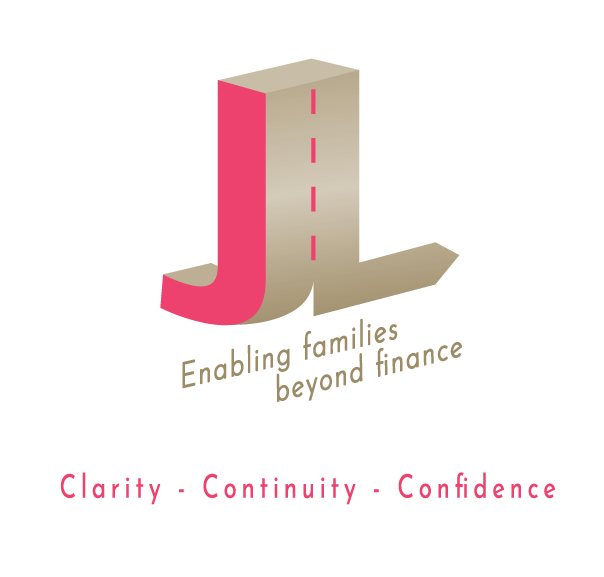The New Year often brings along new plans to work towards, including financial goals. How can you tackle big expenses without compromising your financial security? Whether it’s purchasing a new home, saving for your child’s tertiary education, or taking that family trip, handling major financial commitments may feel overwhelming. By setting smart financial goals for the new year, you can balance your immediate needs with long-term stability.
Here’s a guide to help you manage your finances effectively, grow your savings, and secure your future.
Start Setting Smart Financial Goals for the New Year
Step 1: Review Your Financial Situation
Before making any decisions, start with an honest review of your current financial health.
- List all income sources: This includes your salary, any side income, and passive income from investments.
- Itemise expenses: Break down your fixed (e.g., mortgage, insurance premiums) and variable expenses (e.g., groceries, entertainment, kids’ enrichment classes fees).
- Include available assets: Take note of savings, CPF balances, and any liquid investments that can be accessed if needed.
- Establish an emergency fund: Prioritise saving at least 6 months of living expenses to handle unexpected situations without disrupting your financial goals.
By understanding where your money is coming from and where it’s going, you’ll be ready to plan effectively for future expenses and investments.
Step 2: Set Clear and Realistic Financial Goals for the New Year
Now that you have a better understanding of your finances, set clear goals for both short and long term.
- Short-term goals: Think about immediate expenses e.g. upcoming home renovations, a large purchase e.g. a special treat for yourself.
- Long-term goals: Focus on retirement planning, children’s education, and building an emergency fund to prepare for the unforeseen.
Use the S.M.A.R.T. framework (Specific, Measurable, Achievable, Relevant, Time-bound) to make each goal achievable. By setting a balance between short- and long-term objectives, you can tackle immediate expenses without sacrificing long-term stability.
How to set SMART financial goals that are attainable
Specific: Set a goal with clear, action-oriented details. This helps you put it down with clarity.
Measurable: State a monetary amount that is sufficient for you. Put an actual number.
Achievable: Ensure goals are achievable, even if it means to take smaller steps to achieve the ultimate big goal.
Realistic: Be honest with yourself – ask yourself if you have the practical means to attain your financial goal.
Time-bound: Map out a timeline to achieve that goal.
How do the above goal setting tips translate into actionable financial goals? Write down: “I want to have a retirement income of SGD $2,000 a month when I retire in 25 years’ time.” Avoid a vague, ambiguous goal such as “I want to buy whatever I want when I’ve retired.”
By having a specific target to work towards, you can work backwards and determine how and when you can reach your goal.
Step 3: Account for Changes in Housing Loan Regulations
If purchasing a new property is part of your new year plans, do take note of the new housing loan regulations in Singapore.
From 20 August 2024, the Loan-to-Value (LTV) limit for HDB loans was reduced from 80% to 75%, meaning you’ll need to contribute a higher downpayment—now 25% of the property’s value—from your CPF (Ordinary Account) or savings. This change impacts monthly mortgage costs, so it’s only wise and practical to plan ahead for the money needed to avoid a frenzy.
What happens if you need funds to service the loans? Look at reallocating your resources. This includes options like boosting your CPF contributions or setting aside extra savings for this purpose to ease this financial adjustment.
Step 4: Build an Actionable Savings and Investment Plan for the New Year
Now that you have a clearer insight of your finances and goals, it’s time to create an actionable savings and investment plan. Most people find this challenging as they are unsure what to do with the extra sum, or feel that perhaps that amount of cash is too little to reap anything impactful. It’s time to change such misconceptions on savings and investment planning!
- Emergency fund: Always prioritise having a robust emergency fund that can cover at least 6 months of living expenses. This is often overlooked especially when things are stable. However, we should plan for unexpected surprises such as when your income is affected or when medical needs strike.
- Saving for short-term goals: Set aside a portion of your savings for upcoming expenses, like a home purchase or renovation.
- Invest for long-term growth: Consider options like CPF top-ups, regular investing funds, or retirement plans. Diversify your portfolio to align with your risk appetite and age.
Jenelle’s investment tips: Choose investments wisely—ones that you’re comfortable with and align with your goals. Communicate openly with your financial advisor, focusing on options that bring peace of mind without unnecessary stress.
Step 5: Plan for Retirement First
Before you start exploring investment tools or savings plans, ensure that you’ve mapped out a retirement plan.
Retirement is a key milestone in everyone’s life, and retirement planning is a cornerstone of financial security. As your income will significantly decrease or stop when you retire, planning ahead is essential. You’ll need to ensure that your retirement fund is robust enough to cover your lifestyle and expenses when you’re no longer working. Start by asking yourself: How much monthly income will you need in retirement? How long should your retirement funds last?
Consider CPF Life for guaranteed monthly payouts after retirement age, requiring minimal upkeep. Supplement with retirement plans if you seek more flexibility or higher coverage.
Jenelle’s financial tips: Align your investments with your life stages and changes. As a rule of thumb, your financial plan should be adaptable. As life evolves—whether it’s career changes, growing your family, or moving closer to retirement. Regularly adjust contributions as income changes or expenses fluctuate to stay on track toward a secure retirement. Always keep your goals in the forefront while allowing room for adjustments along with your needs.
Start early, plan and grow according to plans with smarter financial goals
By following these steps, you can approach major expenses with confidence, knowing that you’re not only managing your current needs but also securing your financial future. Whether it’s buying a new home, preparing for retirement, or growing your wealth, proper planning is the key to success.
At Journey Beyond Finance, we’re here to guide you every step of the way. Whether you have questions or need a personalised consultation to achieve your financial goals in the new year, connect with us today and take the first step toward financial clarity and peace of mind.
The statements or opinions expressed in this article are my own. The information is purely for information purposes and should not be relied upon as financial advice.






